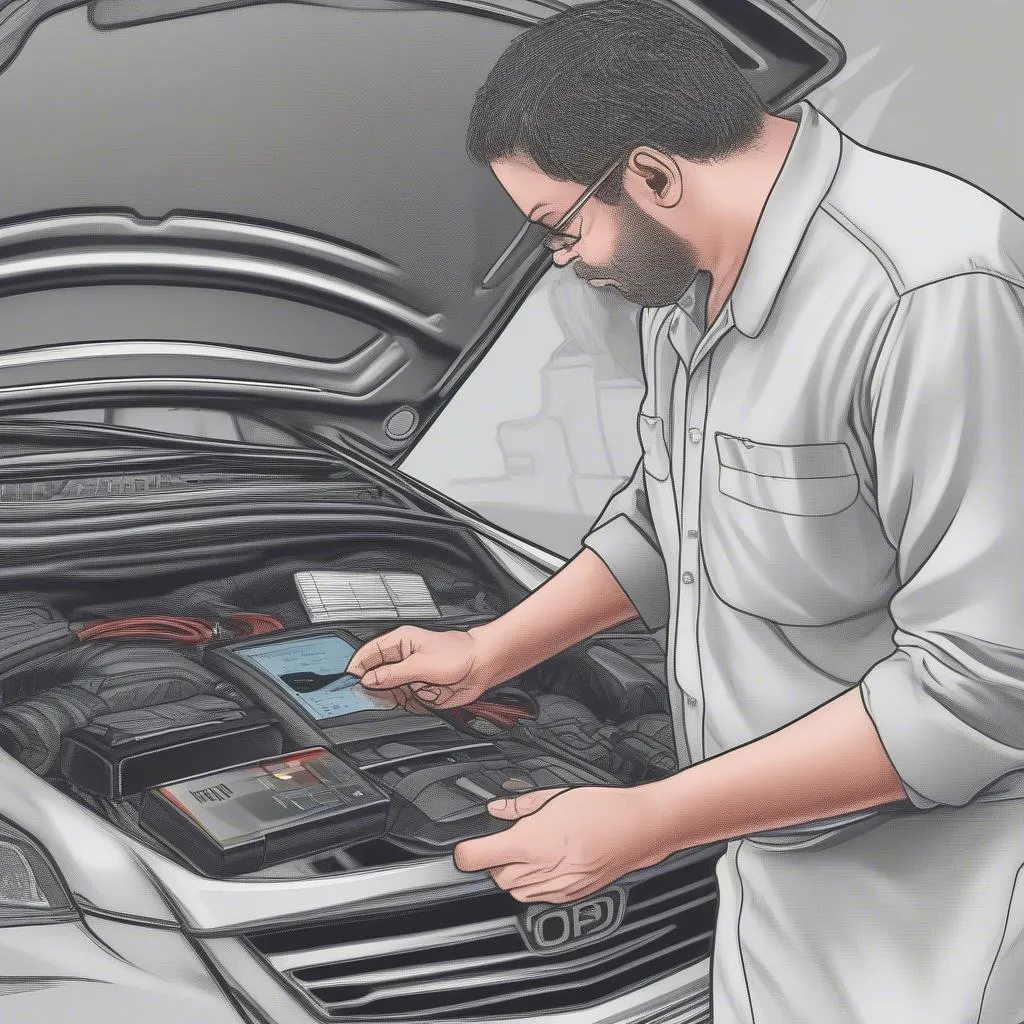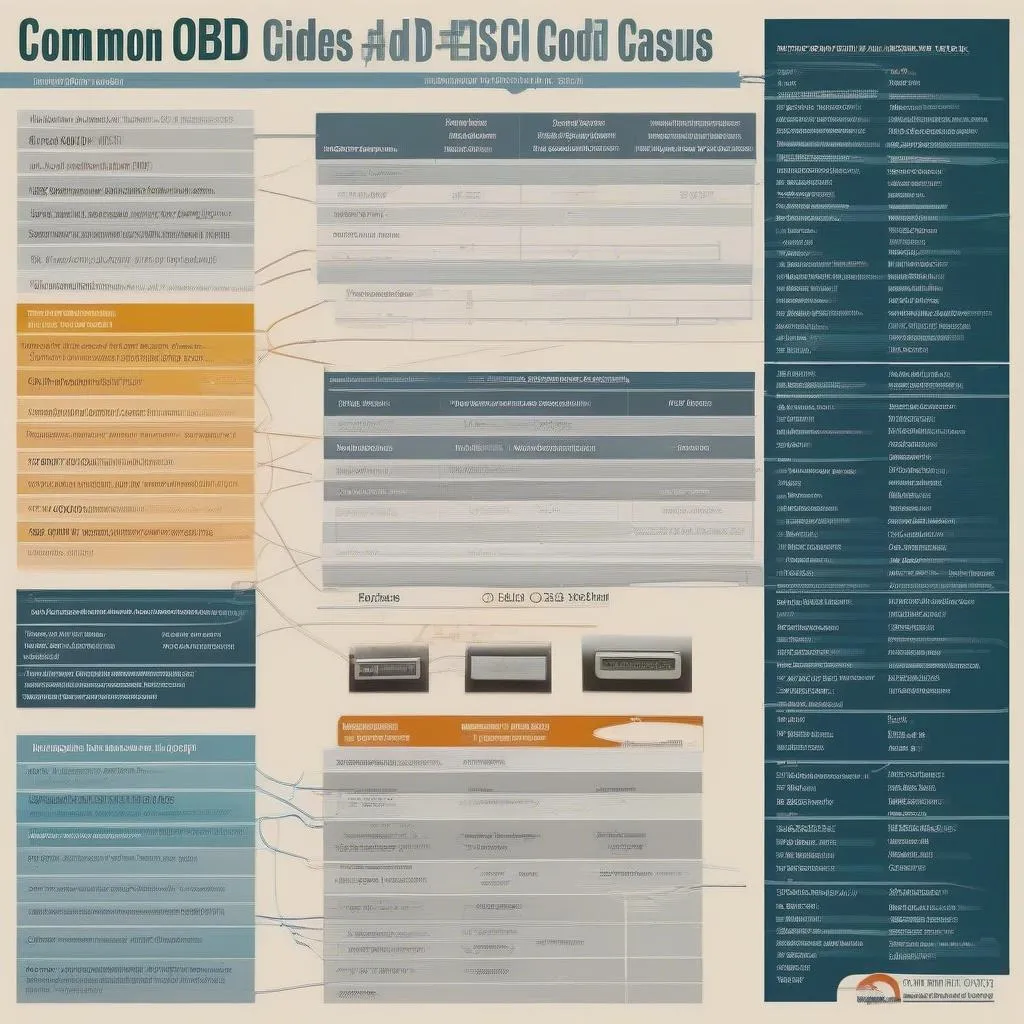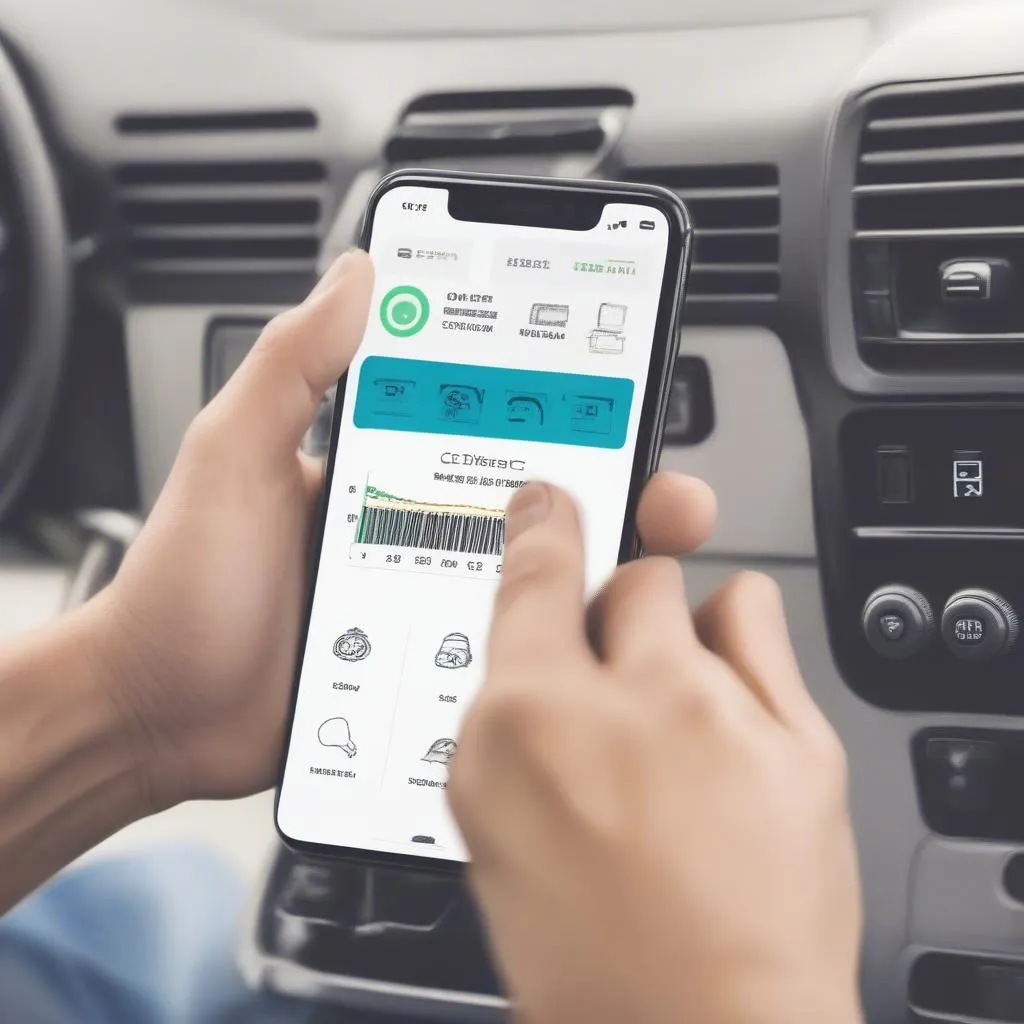You’re driving down the road when the “Check Engine” light suddenly illuminates on your dashboard. You know it’s not a good sign, but what does it mean? Is it something serious? Do you need to rush to a mechanic immediately?
Many car owners have experienced this situation and felt a surge of anxiety. It’s a common problem that can be confusing and stressful, especially if you’re not a mechanic. But the good news is that understanding OBD II codes can help you navigate these situations with more confidence.
Understanding the Importance of OBD II Codes
OBD II (On-Board Diagnostics) is a standardized system used in all cars manufactured after 1996. It’s essentially a built-in diagnostic system that monitors various components of your car’s engine and emissions. When it detects a problem, it stores a code in the car’s memory. These codes, often referred to as OBD II codes, provide valuable information about the problem that’s causing the “Check Engine” light to come on.
Deciphering the Mystery of OBD II Codes: A Step-by-Step Guide
What is an OBD II code?
An OBD II code is a 4-digit code that helps you pinpoint a potential issue in your car’s engine or emissions system. Think of it like a secret message from your car. Each code corresponds to a specific component or system that might be malfunctioning.
For example, a code P0171 might indicate a problem with the fuel-air mixture, while a code P0300 might signal misfires in the engine.
How to read an OBD II code
The first digit in an OBD II code tells you which system is affected:
- P: Powertrain (engine, transmission, and emissions)
- B: Body (body control module)
- C: Chassis (chassis control module)
- U: Network or communication
The next three digits provide information about the specific problem.
Where to find OBD II codes
There are a couple of ways to access OBD II codes:
- OBD II Scanner: This is a tool specifically designed to read OBD II codes. You can purchase a scanner at many auto parts stores.
- Smartphone App: Some apps, like Torque Pro, can connect to your car’s OBD II port and read codes using a compatible adapter.
 obd-scanner-tool
obd-scanner-tool
Common OBD II Codes and Their Meanings
Here are some of the most common OBD II codes you might encounter, along with their possible causes:
- P0171: System Too Lean (Bank 1). This could mean a problem with the fuel injectors, oxygen sensors, air intake system, or fuel pressure.
- P0300: Random/Multiple Cylinder Misfire Detected. This code indicates a general engine misfire and could be due to faulty spark plugs, ignition coils, or a problem with the fuel delivery system.
- P0420: Catalyst System Efficiency Below Threshold (Bank 1). This code usually means that the catalytic converter is not working properly and needs to be replaced.
Troubleshooting and Repair: Getting to the Root of the Problem
Once you’ve identified the OBD II code, you can begin to troubleshoot the potential cause of the problem. Here are some general tips:
- Check the OBD II code description: Many online resources, including websites like Tech Car USA and repair manuals, provide detailed descriptions of each code.
- Check the engine components: If you have a basic understanding of car mechanics, you can inspect components related to the code. For example, if the code is related to the oxygen sensor, you can visually check for damage or signs of corrosion.
- Consult a Mechanic: If you’re not comfortable with troubleshooting the problem yourself, it’s best to consult a qualified mechanic.
FAQs:
Q: Can I clear OBD II codes myself?
A: Yes, you can clear OBD II codes using a scanner or a smartphone app. But remember that clearing the code doesn’t solve the problem; it only resets the “Check Engine” light. If the problem persists, the light will come back on.
Q: What if I have multiple OBD II codes?
A: If you’re seeing multiple codes, it’s crucial to address the most serious code first. The codes might be related, so fixing one problem could resolve others.
Q: How often should I check OBD II codes?
A: It’s a good practice to check the codes periodically, especially if you notice any unusual symptoms like a decrease in fuel efficiency or a change in engine performance.
Q: Will clearing the codes affect my car’s warranty?
A: No, clearing OBD II codes won’t affect your warranty.
Conclusion
Understanding OBD II codes is a valuable skill for any car owner. It can help you diagnose potential problems, get a head start on repairs, and save money in the long run. While a professional mechanic will always be your best resource for complex issues, having basic knowledge of OBD II codes can give you more confidence in managing your car’s health.
Remember to share this article with your friends and family so they can also benefit from this helpful information. And don’t hesitate to contact Tech Car USA’s team of experts if you have any further questions or need assistance with your car’s electrical system.
 obd-codes-chart
obd-codes-chart
 obd-code-reader-app
obd-code-reader-app
Feel free to contact us via Whatsapp: +84767531508 for any inquiries or assistance with automotive diagnostics. We have a team of expert mechanics available 24/7 to support you.